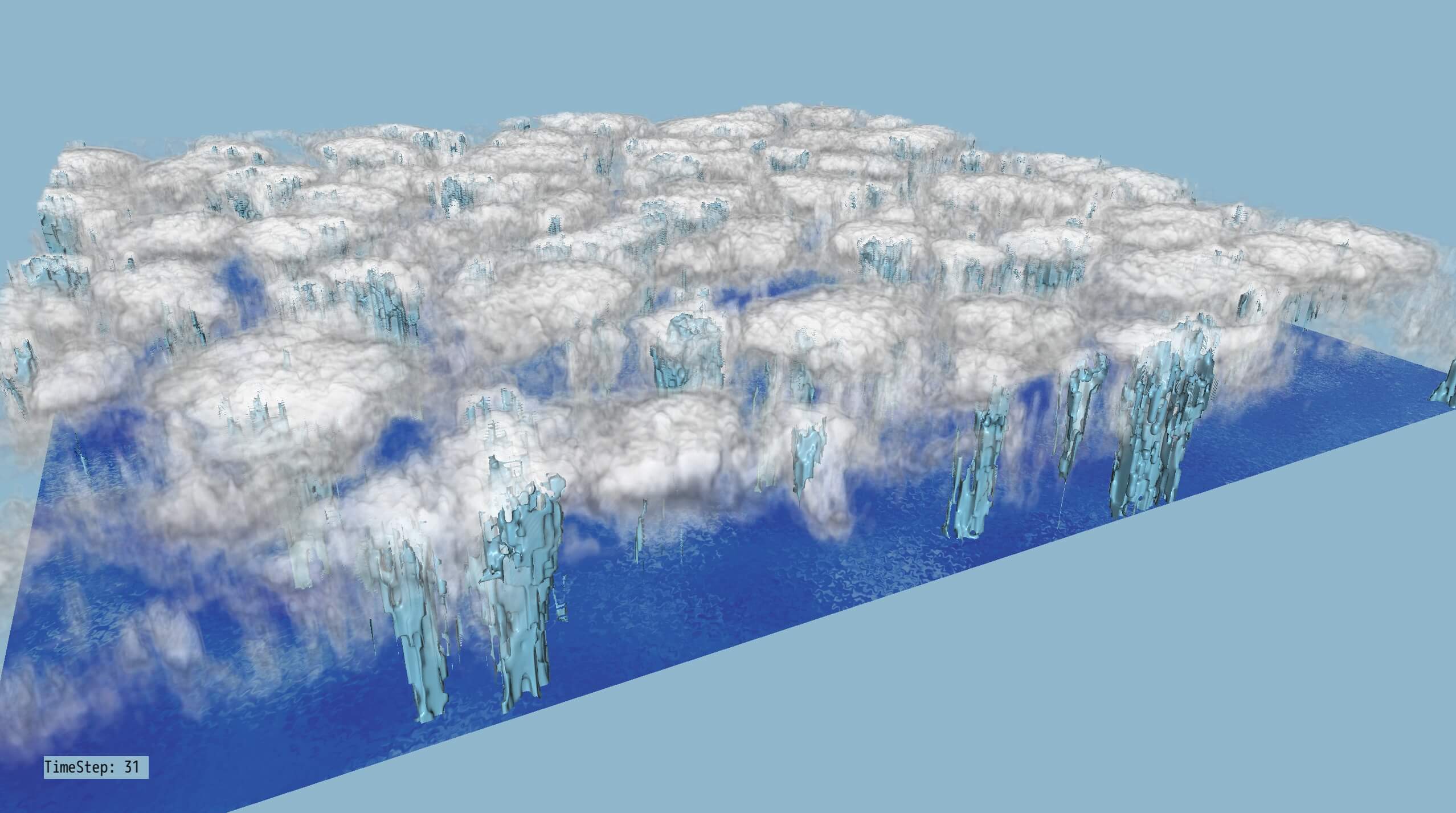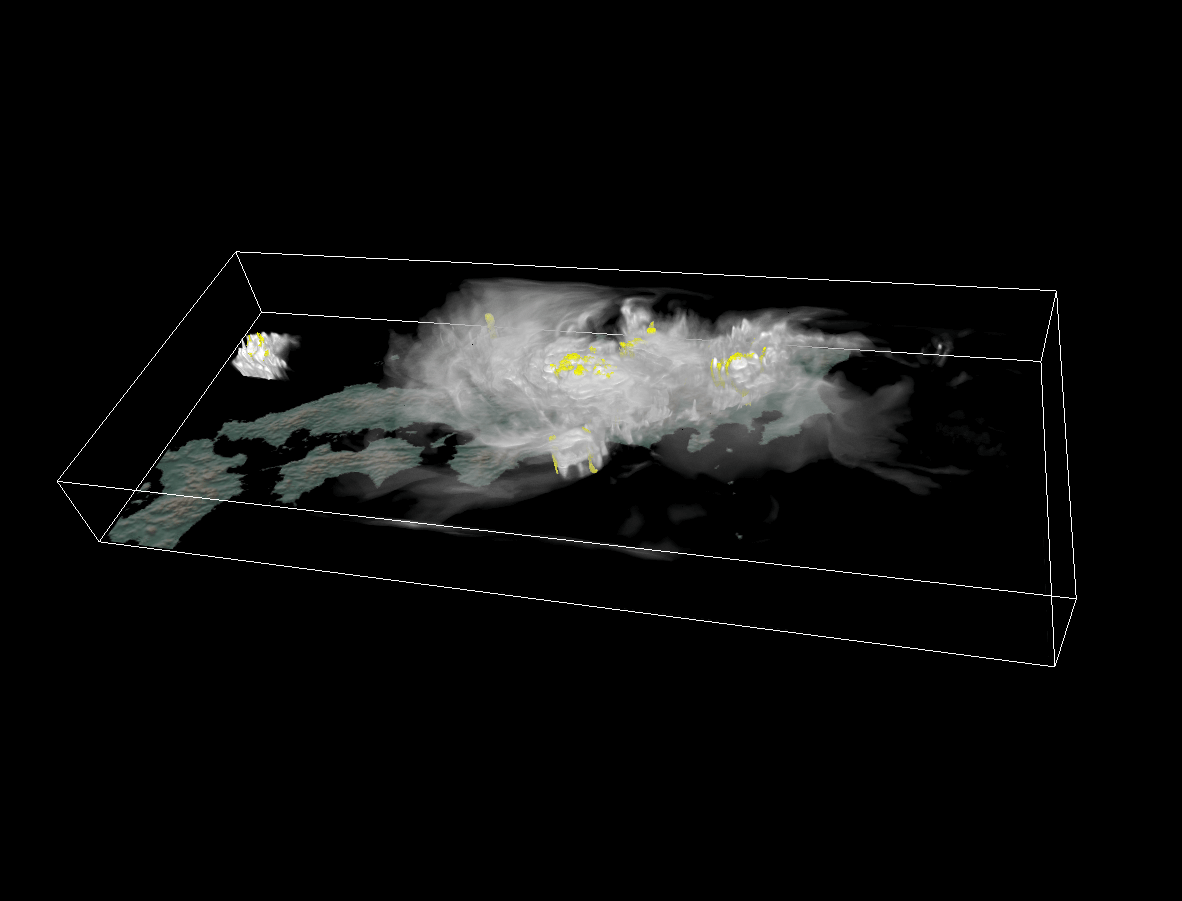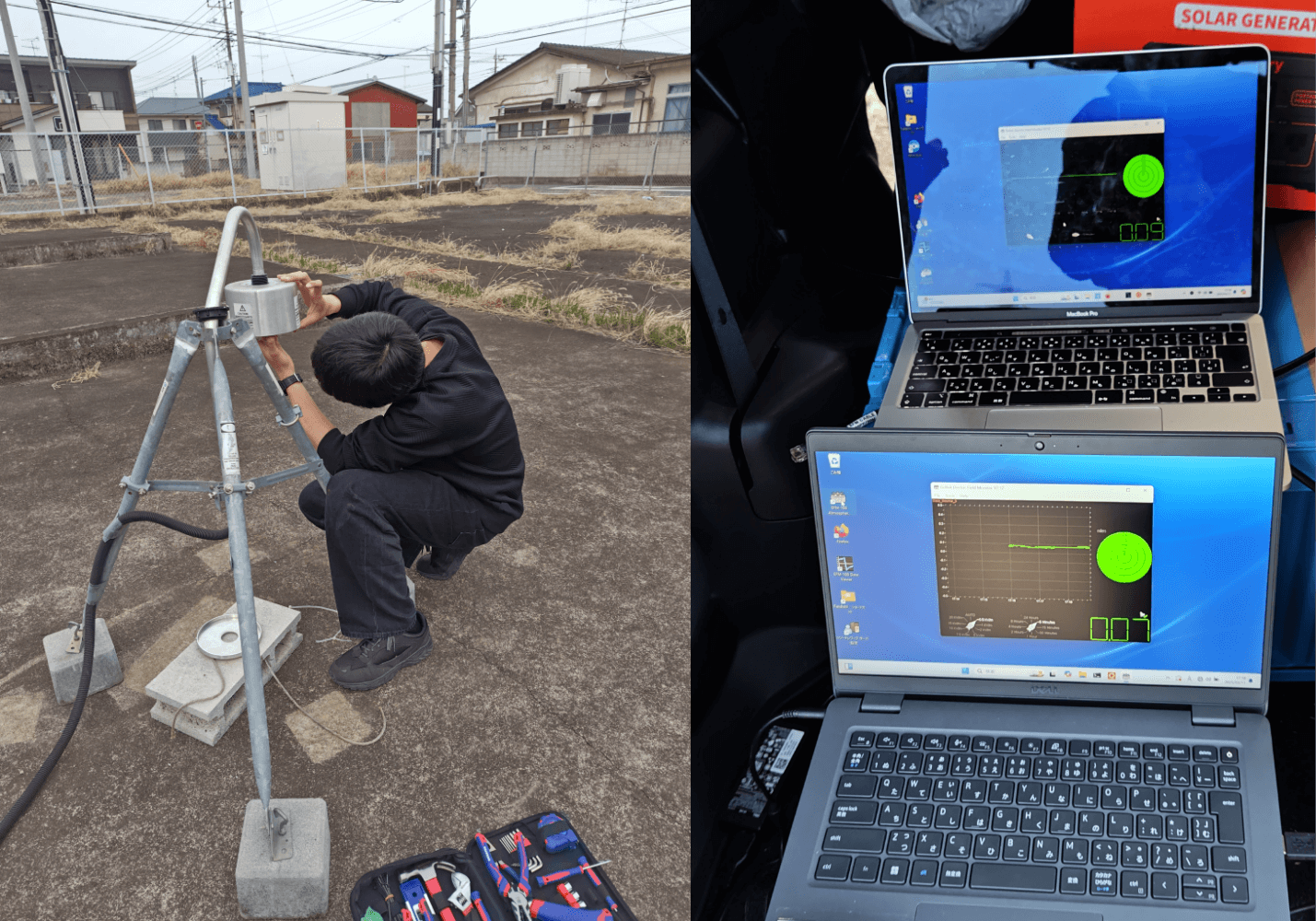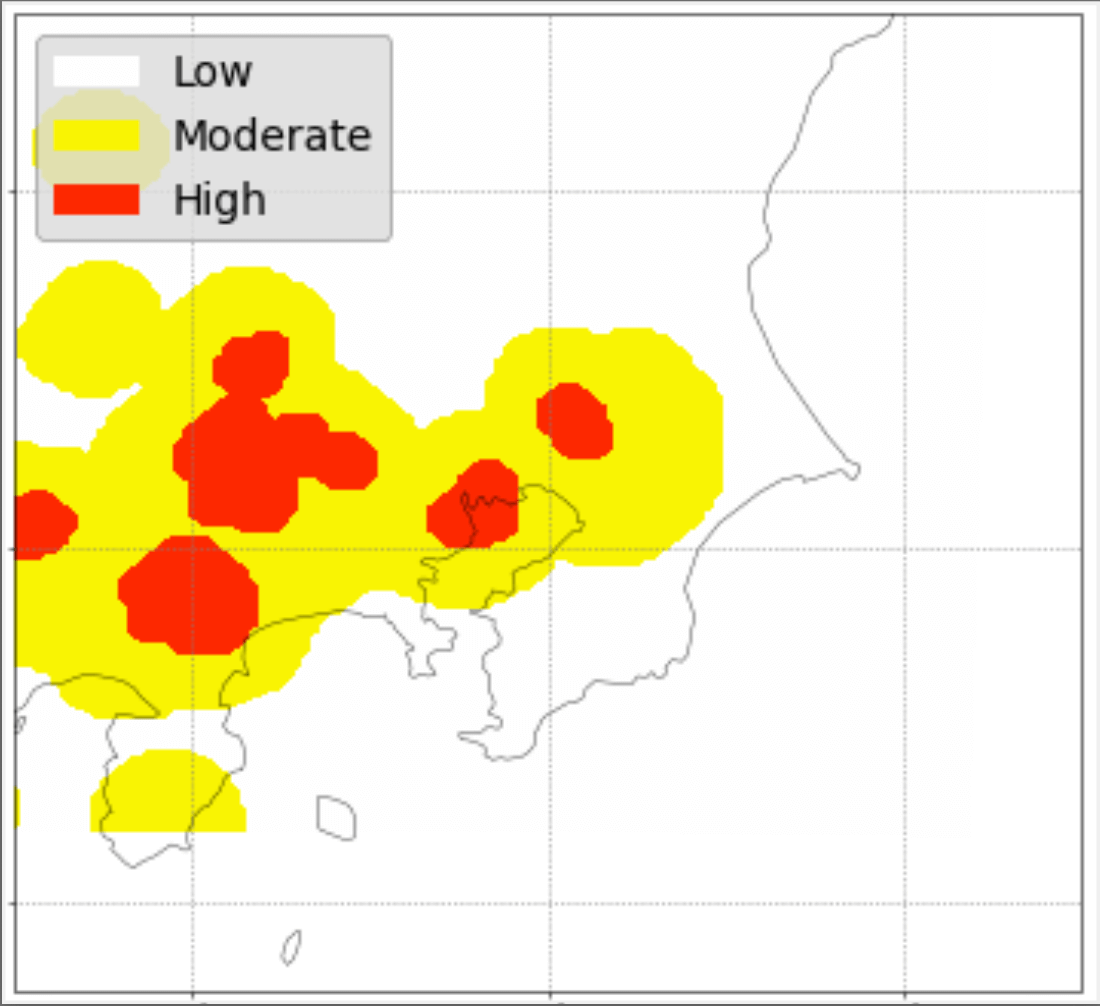Graduate School of Engineering, Osaka University
Division of Global Architecture, Department of Social Systems Engineering
Research Topics

Climate Change Impacts on Regional Communities
We perform numerical experiments and data analyses to evaluate the impacts of climate change on regional communities, with the aim of contributing to science-based climate change assessment.
The figure shows an example of research evaluating the impacts of climate change on snow properties in Hokkaido (collaboration with Hokkaido University).
Meteorological Phenomena That Cause Disasters
We use numerical model simulations to elucidate the mechanisms underlying the meteorological phenomena that cause severe weather disasters.
Our research covers a wide range of meteorological phenomena that affect human life, including not only well-known weather disasters such as heavy rainfall but also related phenomena such as strong winds, lightning, and hail as well as air pollutants.


Numerical Simulation Codes for Atmospheric Science
When conducting research, it sometimes becomes necessary to develop new tools.
Our laboratory develops numerical codes for weather simulations and climate science in collaboration with other universities and institutions such as RIKEN and the University of Hyogo. We also perform large-scale simulations with the developed numerical codes, using supercomputers in Japan, such as Fugaku
Meteorological Observations
Observational data are essential for elucidating phenomena and validating the developed numerical codes.
Our laboratory conducts independent meteorological observations to obtain these crucial data.


Advanced Numerical Weather Prediction
By maximizing our expertise in numerical calculations, we are working to implement numerical weather predictions, using unique values that are not included in conventional weather forecasts.
The figure shows an example of predicting high-risk areas for aircraft lightning strikes.